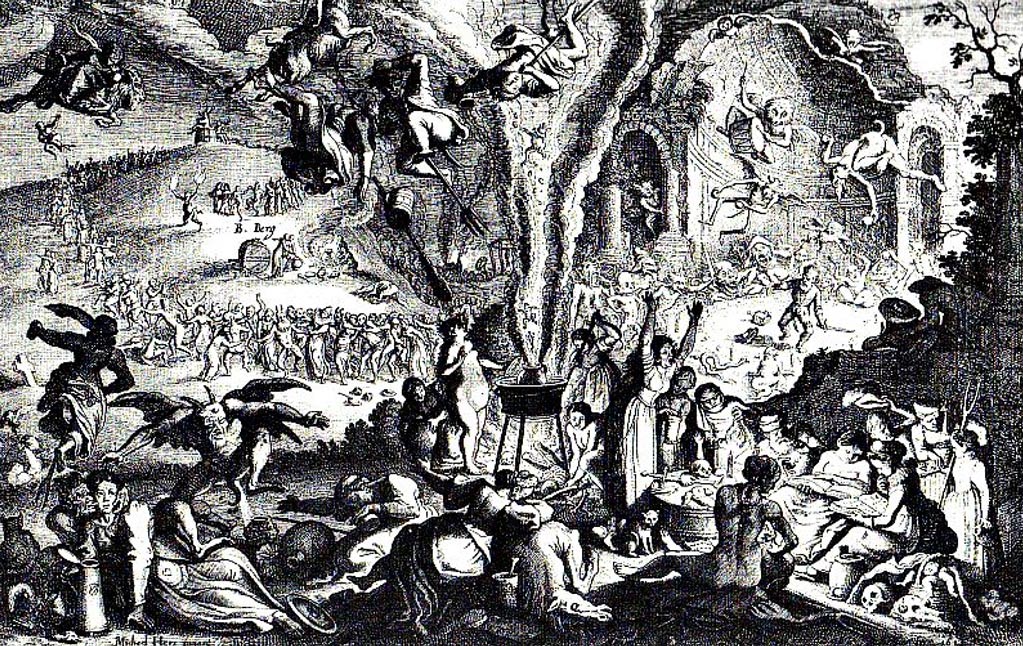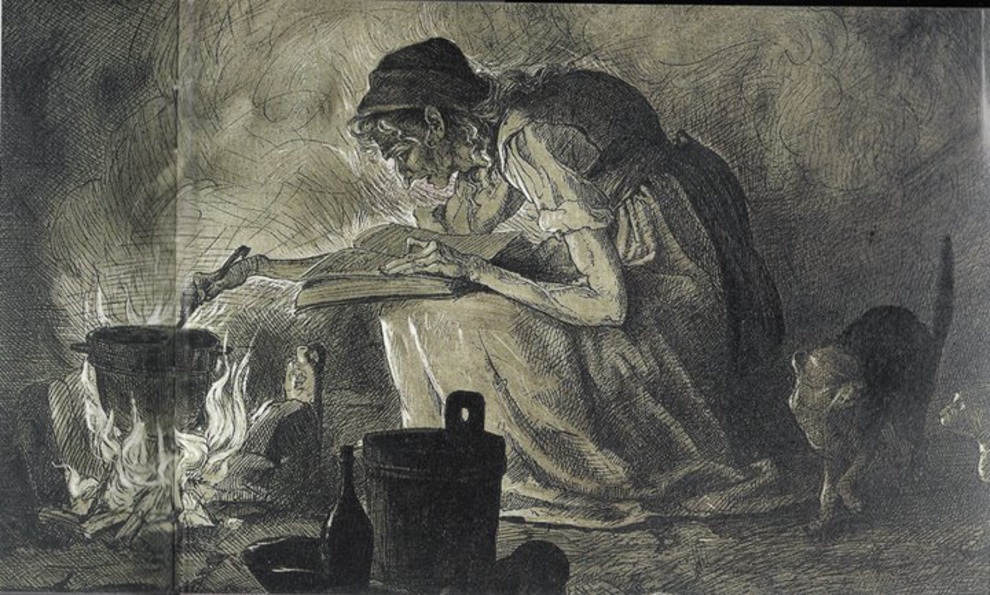Speak the word “Salem” out loud and chances are that most people will understand what it is you’re talking about. Home to some of the most notorious witch trials in history, Salem has gone down in time for the cruel fate it inflicted on so many of its female residents hundreds of years ago. It turns out, however, the small American town might just be the tip of the iceberg. Across the world, many other places were conducting their very own witch trials, reverting to increasingly strange methods to get to the heart of the issue. While every place had its problems, no town was quite as bad as Zugarramurdi in the Basque region of Spain. At the same time that Salem was carrying out its trials, this town was going one better, reverting to increasingly destructive methods.
Hundreds of years ago, the Basque population of Europe had a less than popular standing in the region. Viewed as going against common practices, the population was marked as being “other” by the surrounding countries, believed to be carrying out any number of strange practices. Living off the beaten track, the people from the region turned to nature as a way of surviving, utilizing the plants and creatures that lived around them in the forest. With the men often working out at sea, women filled the Basque country, relying on concocted home remedies in the way of medicine. Soon enough, the women’s way of living drew attention from Spanish inquisitors who were hungry to pin anything they could on their neighbors.
Before long, the Basque women were persecuted in a number of witch trials, put about by the Spanish. Beginning in 1609, examiners found no less than 7,000 suspicious cases of occult behaviour in the region, accusing women, children, men and even priests alike. While things started off slowly, they soon spiralled out of control and soon enough, the notorious “Act of Faith” was put into action.
Taking form in 1610, the Act of Faith kicked off with a procession of more than 1,000 innocent Basque citizens, who were tasked with wearing heavy rope and carrying candles as they marched the streets, flogged by onlookers. Behind the marchers followed the forgiven, who were kitted out in pointed hats and following on from them was a set of statuettes, representing those who died while being tortured. Finally, the procession finished with a number of women and men who were condemned to be burned alive for acts of heresy. Following the procession, a long and drawn out trial took place, in which the condemned were put up on stage and questioned for their acts.
Creating an atmosphere of fear and suspicion, it’s little surprise that the witch trials uncovered so many “guilty” parties. In early stages, citizens were urged to give the names of the guilty in order to prove their innocence. Put under immense pressure by the inquisitors, local citizens freely handed out the name of other innocents, all in the name of saving their own skin.
Today, Zugarramurdi remembers the crimes of the past and honors its lost souls. A witchcraft museum presents the dark history of the surrounding region and an annual festival, Day of the Witches, commemorates the trials. Markers of the time still endure today, giving all who live in the area a reminder of what happened all those centuries ago.




